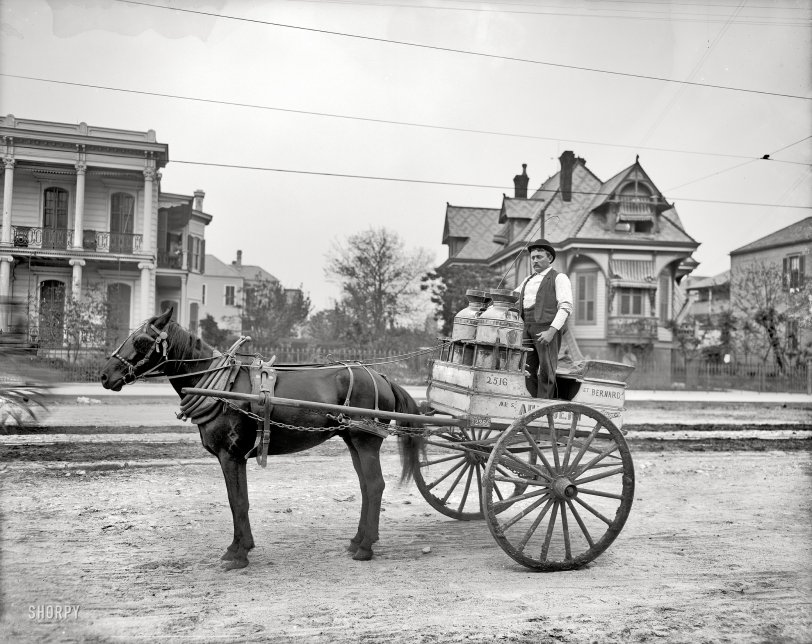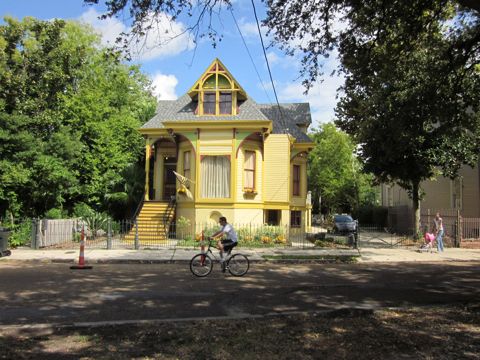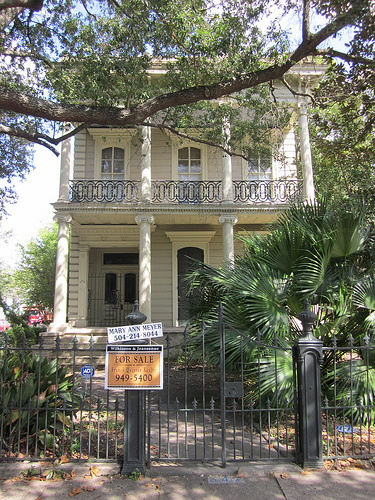


Framed or unframed, desk size to sofa size, printed by us in Arizona and Alabama since 2007. Explore now.
Shorpy is funded by you. Patreon contributors get an ad-free experience.
Learn more.

- Lost in Toyland
- And without gloves
- If I were a blindfolded time traveler
- Smoke Consumer Also Cooks
- Oh that stove!
- Possibly still there?
- What?!?
- $100 Reward
- Freeze Frame
- Texas Flyer wanted
- Just a Year Too Soon
- WWII -- Replacing men with women at the railroad crossing.
- Yes, Icing
- You kids drive me nuts!
- NOT An Easy Job
- I wonder
- Just add window boxes
- Icing Platform?
- Indiana Harbor Belt abides
- Freezing haze
- Corrections (for those who care)
- C&NW at Nelson
- Fallen Flags
- A dangerous job made worse
- Water Stop
- Passenger trains have right of way over freights?
- Coal
- Never ceases to amaze me.
- Still chuggin' (in model form)
- Great shot
Print Emporium
Milk Runner: 1903

Louisiana circa 1903. "New Orleans milk cart." Bonus points if you can Street View this. 8x10 inch glass negative, Detroit Publishing Company. View full size.
The Listing
http://www.fqr.com/index/listings/residential/details/818728
Love that upper porch and the beautiful staircase. If only I had a cool $1.5M around just begging to be spent.
I can only hope that the buyer does not, as the listing suggests, convert this into condos!
Esplanade Avenue
I passed by these houses today. No milk carts, but some other wheeled vehicles.
For anyone who wants to live in a Shorpy photo (and has a good chunk of change in their pocket), I notice that the house on the left of the photo is currently for sale. It even still has tiles in the sidewalk at the front gate indicating the address before the great New Orleans street address renumbering of 1894.


On the tap
In the case of these cans, I see that there is a tap on the front of the can nearest us.
Smaller cans were available in pints, quarts, etc., and would be filled by the milkman.
In more rural areas, you would leave your empty cans at the end of your drive and the milkman would replace them with full cans, taking away the empties. When I was a kid, the empty glass jars (and then plastic ones) were taken by the milkman and replaced by bottles you had requested. You would leave a note or an order form stuck into the neck of one of the empties.
In cold weather (after we started locking our front doors for security -- before that the milkman would simply open the door and leave the bottles in the foyer) the milk would sometimes freeze and the little cardboard cap would pop out and be stuck on an extruded bit of frozen milk.
Ow.
Interesting brand on the horse’s shoulder.
I See You
House on the left, there appears to be a lady on the second floor balcony over by the bay windows shaking out rugs or pillows or airing out something. Just a typical weekday morning on Esplanade Avenue with everyone going about their daily humdrum chores. I must admit I thought it was St. Charles Ave., perhaps the house from the movie "Pretty Baby" but I was wrong (yet again). Carry on.
Branding
Is that double X above the horses's front leg a brand? I didn't know it was customary to brand horses there.
Refrigeration
It's always been a source of interest for me how anyone kept perishable foods in the age before the era of refrigerators and refrigerated trucks. Here you have two large containers of milk, which don't appear to be refrigerated at all, or if anything maybe there's some ice in the box on which it sits, but I can imagine in a 96 degree summer day in Louisiana the surface of those containers would be hot to the touch in a matter of 10 minutes.
[Milk cans like these were double-walled and packed with ice. - Dave]
Below the knees
For those who've been wondering if they used a ladle or something, look closely and you'll see a spigot on the milk containers, at about knee level.
Who Knows?
Living in southern England, I've no idea about any of the locations here. I just enjoy the amazing array of photos posted on Shorpy.
Hold on ... I gave the location 2 hrs earlier
Clap calp to me!
[Calp calp! The challenge was to Street View this location -- Flababo was the first. Both comments were published simultaneously, so Flababo did not see yours even though it was made earlier. Kudos to you, too. - Dave]
Eureka
I noticed the streetcar tracks running down the center of the street, which led me to Esplanade Avenue and eventually to here:
[Bravo! Clapclapclap! - Dave]
2100 block of Esplanade Avenue and N. Miro Street
I pass these houses every day on my way to work. I'm not sure how to Street View this.
Milk deliveries
In the days before milk bottles, people would bring their own containers to the curb to be filled by the milkman. I imagine you paid by the ladle-full.
Before they taxed our cars--
Notice that the horse cart has a license plate, way back in 1903.
Also notice how beat up it is.
I'm a bit confused
Is this milk being delivered to individual homes? If so, was it dipped out into
containers the customers had on hand?
Horse Stop
Interesting for the shallow depth of field; most of these old pics look like they were shot at f/64. It does make the subject stand out.
Comparisons
This horse looks a hell of a lot better than those French Market Steeds.
























On Shorpy:
Today’s Top 5